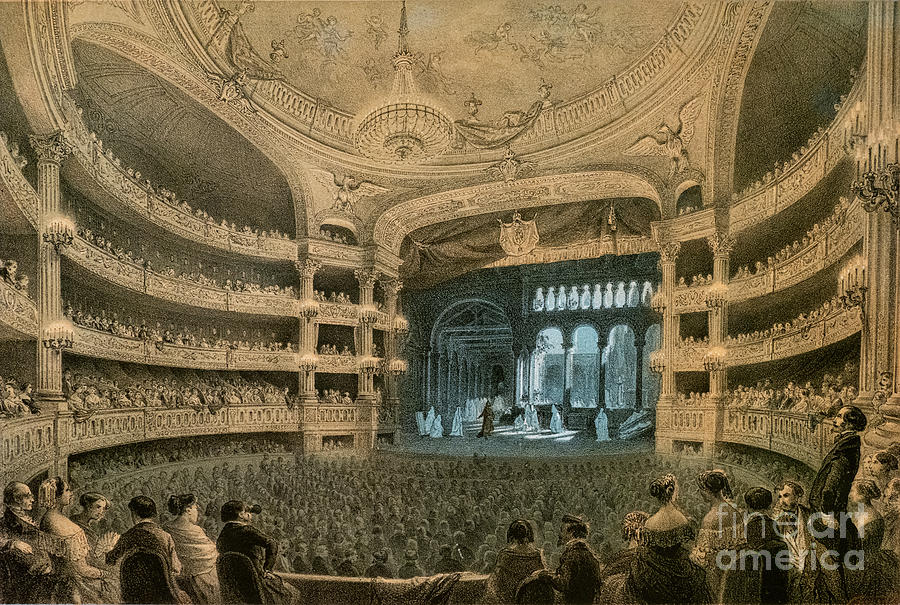Empire of the Sun artwork
Did you know that during the communist-era a lot of surreal movie posters were created in Poland, as an alternative to banned U.S. publicity material? Some are true works of art https://heart-band.com/! Make sure to have a look at our section of classic Polish posters.
By signing up you agree to receive recurring automated promotional and personalized marketing text messages (e.g. cart reminders) from Art.com at the cell number used when signing up. Consent is not a condition of any purchase. Reply HELP for help and STOP to cancel. Msg frequency varies. Msg & data rates may apply. View Terms at & Privacy at
Use of this site constitutes acceptance of our Terms of Service and Privacy Policy.This site is designed to be compliant with current web accessibility standards, however if you’re having trouble accessing any area of the site please call (212) 226-2207 or email gallery@posteritati.com.
Transform your home theater, family room, or any living space into a cinematic haven with eye-catching wall art inspired by the movies you love. Whether you’re a fan of classic westerns, thrilling sci-fi, or spine-chilling horror, movie wall art adds personality and flair to your space, making it a reflection of your unique tastes. Choose from a wide selection of high-quality poster prints, featuring iconic movie scenes, memorable moments, or beloved characters. Looking for something extra? Explore photographic prints that capture legendary movie stars, iconic vehicles, or unforgettable props from your favorite films. These pieces go beyond décor; they let you relive the magic of the big screen every time you walk into the room. From timeless classics to modern blockbusters, there’s wall art to match every fan’s passion. Let your walls tell a story—your story—through the movies that have left a lasting impression on your heart. Elevate your space today with movie-themed wall art that brings your fandom to life!

Theatrical artwork
In line with dramatic performances becoming more visual, stage sets in the 18th century became more elaborate. Philip James de Loutherbourg’s work at Drury Lane Theatre was particularly noteworthy: he is credited with introducing three-dimensional scenery instead of flat painted screens behind the actors.
Zoffany produced a painting of that production (today owned by London’s Garrick Club, named in the actor’s honour). He captures the scene immediately after Duncan’s murder, in which Lady Macbeth reproves her wide-eyed, guilt-stricken husband for his loss of purpose.
Contemporary handbooks for actors recommended that they visit galleries to study gestures and poses. They ‘ought not to be a stranger to painting and sculpture’, as the theatre critic Charles Gildon put it in 1710.

In line with dramatic performances becoming more visual, stage sets in the 18th century became more elaborate. Philip James de Loutherbourg’s work at Drury Lane Theatre was particularly noteworthy: he is credited with introducing three-dimensional scenery instead of flat painted screens behind the actors.
Zoffany produced a painting of that production (today owned by London’s Garrick Club, named in the actor’s honour). He captures the scene immediately after Duncan’s murder, in which Lady Macbeth reproves her wide-eyed, guilt-stricken husband for his loss of purpose.
Cinematic artwork
Emerging trends at the intersection of film and painting suggest a continued evolution of these interdisciplinary practices. One significant trend is the growing use of augmented reality (AR) and virtual reality (VR) in art. These technologies allow artists to create immersive environments that combine painted elements with interactive digital components, offering viewers a more participatory role in the narrative. This trend is exemplified by artists like Olafur Eliasson, who uses AR to extend the boundaries of traditional sculpture and painting.
Alongside such noteworthy instances, Efendi also notes some lesser-known, obscure, and arcane parallels like the painting Lamentation of Christ (1475-90) by Andrea Mantegna in the film The Return (2003) by Andrey Zvyaginstev and painting Over the Town (1918) by Marc Chagall in the film Sexy Beast (2000) by Jonathan Glazer, that are much newer discoveries or analyses.
Alfred Hitchcock’s 1960 epoch-defining classic Psycho has also been influenced heavily by Hopper’s work. Hopper’s realism, described as haunting, isolated, and defined by what it leaves out rather than what it shows, is perfectly exercised in Hitchcock’s work and not just in the cinematography. Hitchcock employs a Hopper-esque temperament throughout the narrative, delving into the eerie solitude that permeates one’s consciousness characteristic of Hopper to create a Hopperesque loneliness. Progress as an isolating factor then becomes both a metaphor and a tool for executing it.
Wes Anderson’s films are known for their distinctive color palettes, which have inspired many contemporary painters. The soft pastels and symmetrical compositions in Anderson’s movies are reflected in the works of artists like Wayne Thiebaud, whose paintings of everyday objects are imbued with a similar nostalgic and whimsical feel. Additionally, the bold, contrasting colors used by filmmakers like Pedro Almodóvar have influenced painters to use vibrant, emotionally charged palettes in their works.
